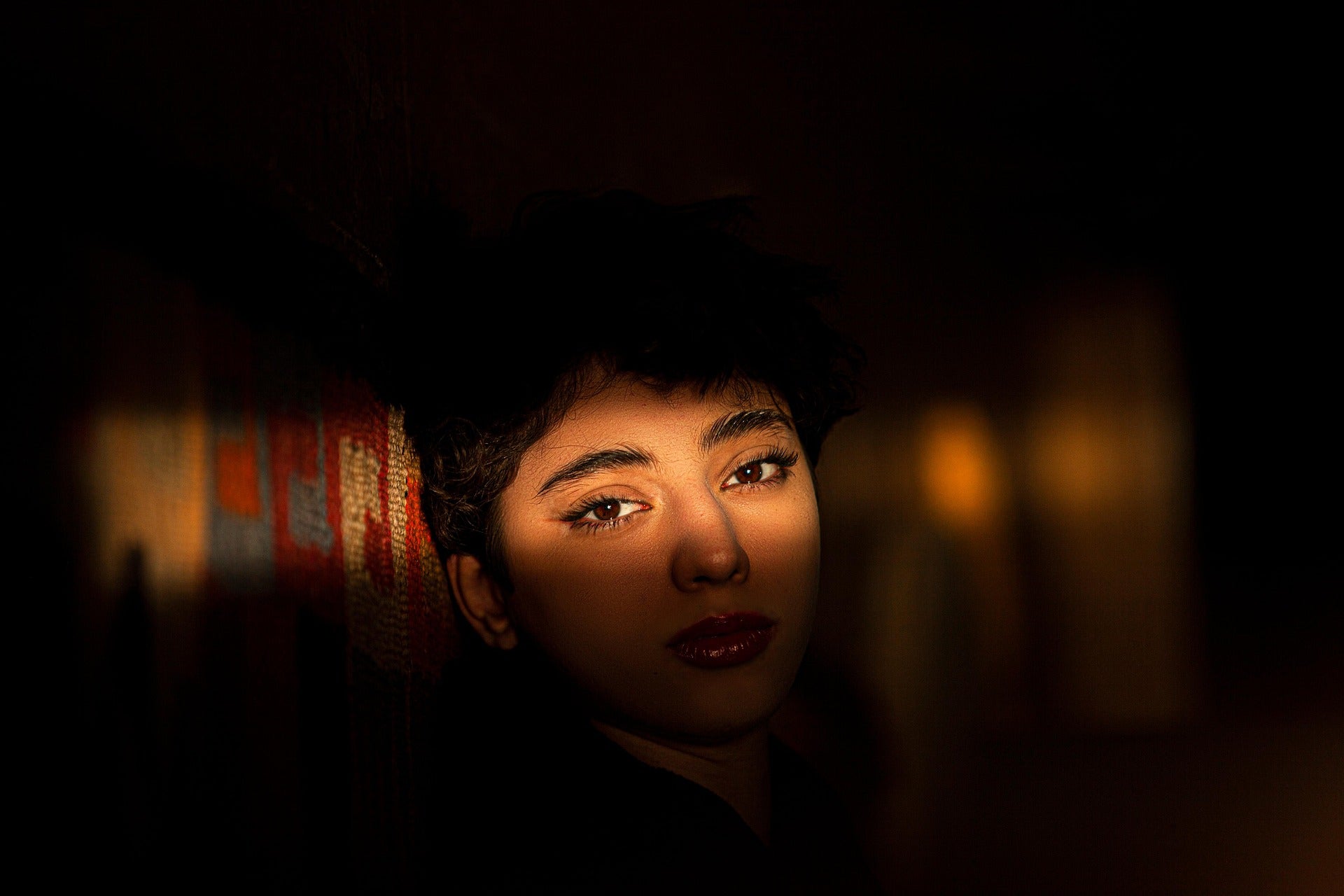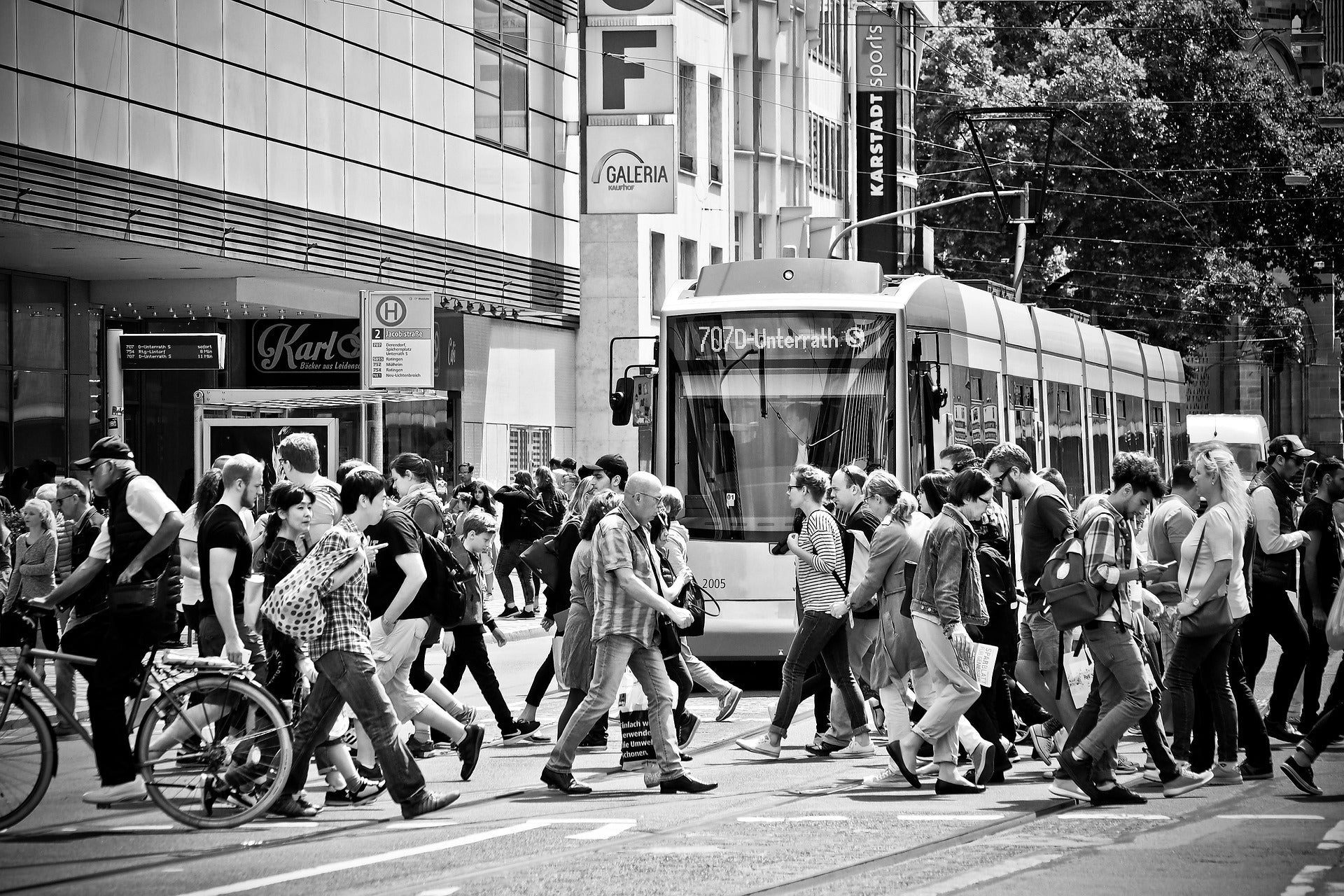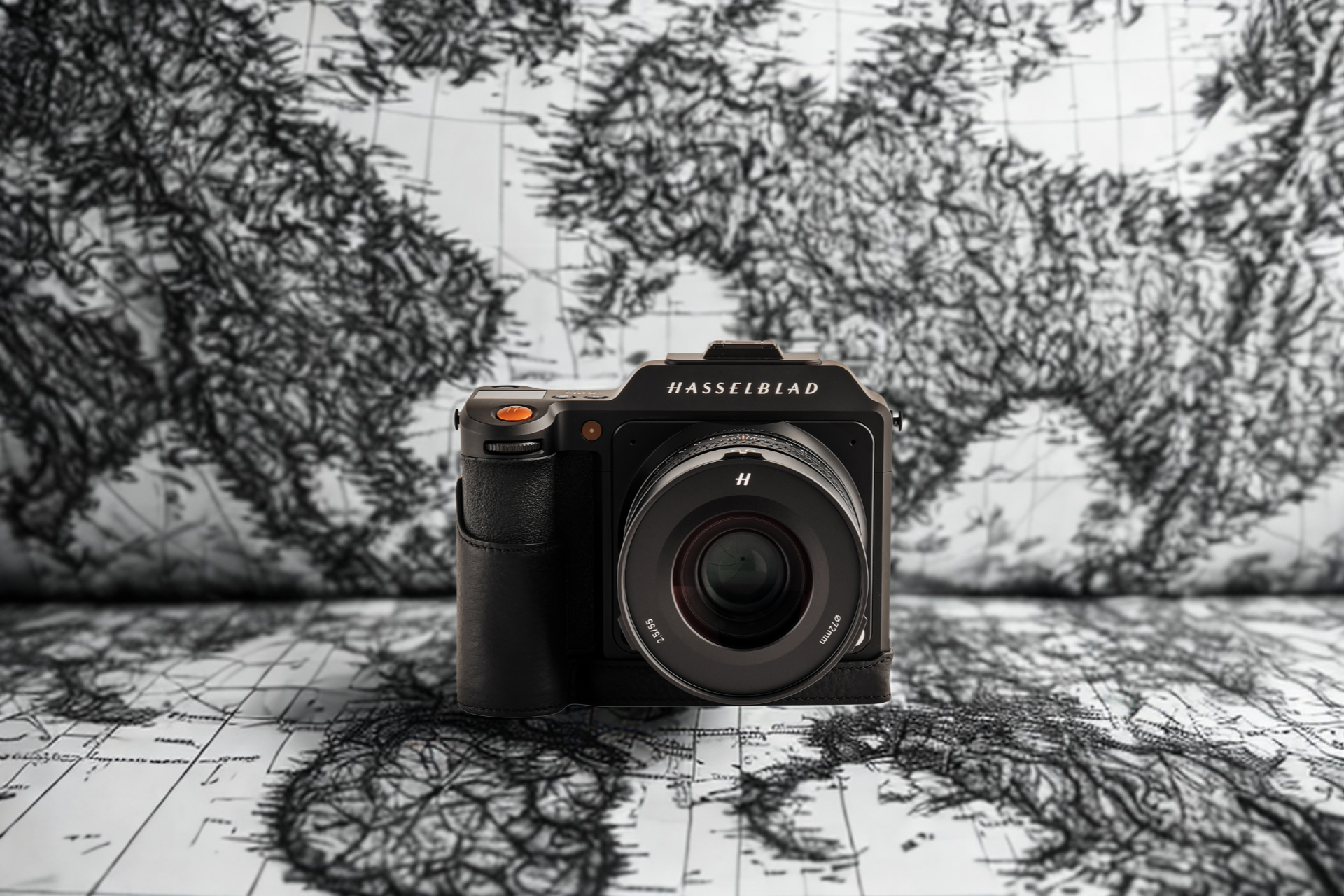
The best Sony cameras for low-light photography
Every professional and amateur photographer is aware of the fundamental importance of light for photography. Nevertheless, the appeal of capturing impressive moods and motifs with the camera even in low light is great. Sunsets, the night sky, a city at night or the romantic atmosphere by candlelight are just a few examples. Thanks to the modern technology in a Sony camera for dark lighting conditions, low-light photography is also gaining increasing interest in the hobby sector.

This is what low-light photography is all about
Although even a good smartphone with a light-sensitive image sensor can take decent photos in low light, perfect low-light photos require cameras with high-performance image sensors and lenses.
The image sensor
If you want to pursue low-light photography intensively, it is worth buying a camera with a large image sensor. The larger the image sensor, the higher its light sensitivity. The largest sensors are found in full-frame cameras. Also known as full-frame, these sensors are very similar to the format of classic 35 mm film at 36 × 34 mm. In addition to their light sensitivity, they also reduce the image noise that often occurs at high ISO numbers. In addition to CMOS sensors, modern BSI sensors with backside exposure in particular achieve a high light yield with strong noise reduction. Although the ISO values of both sensor technologies are comparable, BSI technology utilizes the light more efficiently and therefore leads to better results.
The lens
A fast lens is required to capture the little available light with the camera. With the lowest possible minimum aperture value and the associated wide aperture, the little available light also reaches the sensor. The wider a lens opens, the lower the ISO value must be, which reduces the tendency to image noise. An aperture value of f/1.4, f/1.8 or f/2.8 is ideal. Despite their versatility, zoom lenses are not as advantageous for low-light photography as lenses with a fixed focal length. Wide-angle lenses capture more light than the classic 50 mm standard lens or a telephoto lens, but have disadvantages with detailed subjects. Lenses from the normal to the slight telephoto range are suitable for detailed or portrait shots, even in low light.
Especially for portraits or subjects in dark surroundings, it is crucial to be able to switch quickly between different lenses or filters. A photo bag that not only offers protection, but also a clear structure and quick access, makes it easier to change lenses spontaneously - especially in low light, when every movement has to be perfect. This keeps the creative flow going without wasting time searching or fumbling around.
Practical accessories and other tips
As taking photos in the dark always requires a long exposure time, you should use a tripod. To avoid camera shake when releasing the shutter, a remote shutter release is helpful. If you have an image stabilizer, you should deactivate it when shooting with a tripod, as it can cause blurring in this situation.
Anyone who frequently takes photos in the dark knows that tidiness, protection and carrying comfort of the equipment are just as important as exposure time and ISO value. A weatherproof bag with a sturdy, non-slip shoulder strap and easily accessible interior not only helps with transportation, but also protects sensitive equipment during longer outdoor assignments - whether in the city or at night in nature.
Sony low-light photography
Sony is one of the leading manufacturers of low-light cameras. Although there is no Sony low-light camera with this designation, many of the brand's models meet the requirements. You can therefore take perfect photos in low light with the right Sony camera. The Exmor R and Exmor RS image sensors developed by Sony with BSI (Back Side Illuminated) exposure are used in the current system cameras. The BIONZ X and XR image processors were also developed by Sony. They are therefore used exclusively in Sony cameras. One of the important capabilities of these processors for low-light photography is their strong noise suppression. In addition, Sony's autofocus systems are leading in the industry. While other manufacturers recommend focusing manually in low light, Sony's real-time autofocus systems are suitable for low-light photography. Therefore, you can also take advantage of autofocus in low light with a Sony camera.
In addition to the camera technology, Sony offers a large selection of fast lenses with different focal lengths. In contrast to the maximum aperture of f/1.4 offered by many manufacturers, Sony also offers lenses with apertures up to f/1.2. Sony lenses with XA elements and Nano AR coating minimize glare effects and reduce image errors by ensuring high resolution across the entire image field. This aspect is also advantageous when a Sony camera is used in low light.

Camera recommendations - the optimum Sony camera for low light
The low-light cameras from Sony are equipped with the Exmor R and Exmor RS image sensors with rear exposure described above. Ideally, these are full-frame sensors. However, a system camera with a smaller sensor in APS-C format also has the back-illuminated Exmor R sensors and therefore offers good conditions for taking photos in low light.
Sony has completely discontinued the production of SLR cameras. As a result, the popular DSLR cameras of the Sony Alpha series were no longer equipped with the modern Exmor BSI sensors. Today, modern digital photography achieves better results with system cameras without mirrors in more compact camera bodies with a lower weight. You will therefore not find a digital SLR camera as a low-light camera from Sony.
For professional low-light photography and passionate amateur photographers
In 2025, the professional models α1 II and α9 III are considered the ideal Sony cameras for low-light conditions. These are mirrorless system cameras with a multi-layer Exmor RS full-frame image sensor and numerous functions that are of particular interest to professional photographers. Passionate amateur photographers will find the α7CR 61.0 MP, α7R V and Alpha 7S III models to be outstanding cameras for Sony low-light photography. They are equipped with Exmor full-frame sensors and BIONZ processors, which are important for shooting in dark lighting conditions.
If you are traveling with high-quality equipment, you should also transport it with the appropriate care. A well-padded, well thought-out carrying system not only ensures protection, but also a professional presentation. A high-quality bag or an elegant carrying strap makes a real statement - functional and stylish at the same time - especially for customer assignments or intensive photo tours.
Sony low-light photography for beginners
The Alpha 7R III series models with Exmor R image sensors in full format are suitable camera recommendations for newcomers to Sony low-light photography. Another interesting model is the world's smallest and lightest full-frame camera, the Sony Alpha 7C, also with an Exmor R image sensor. The Sony α7C II is a full-frame compact camera with a back-illuminated sensor and BIONZ XR processor. The α7 IV is a full-frame hybrid camera with an Exmor R image sensor and BIONZ XR processor. It combines AI capabilities and outstanding photo and video performance with the features of a webcam. The Premium E-mount α6700 model is also an interesting entry-level model for photography in the dark. Its image sensor in the smaller APS-C format features back-illuminated Exmor R technology. At the same time, the BIONZ-XR processor ensures fast and low-noise image processing.
Especially when starting out in low-light photography, it is helpful if the equipment does not become a burden. A lightweight, compact camera bag with a secure fit and simple organization helps you to concentrate on the scene - whether you're strolling through the city in the evening or shooting your first starry sky. The important thing is: everything is quickly to hand, nothing is a distraction.

Fast lenses from Sony
For each of the camera recommendations, you will need a fast lens to take photos in dark lighting conditions. The fastest lens for the Sony system cameras is the FE 50 mm F1.2 GM model from the G-Master series with a fixed 50 mm focal length and an aperture range of 1.2 to 16. You will also find a large selection of lenses with aperture values from F/1.4 or F/1.8 with different focal lengths.
Fast fixed focal lengths are sensitive and not always easy to handle, especially at night. A camera bag with soft padding, clever dividers and sturdy support helps you to keep an overview even when changing lenses in the dark. Safely stowed away, quickly to hand - so the creative flow remains unimpeded even in the dark.

